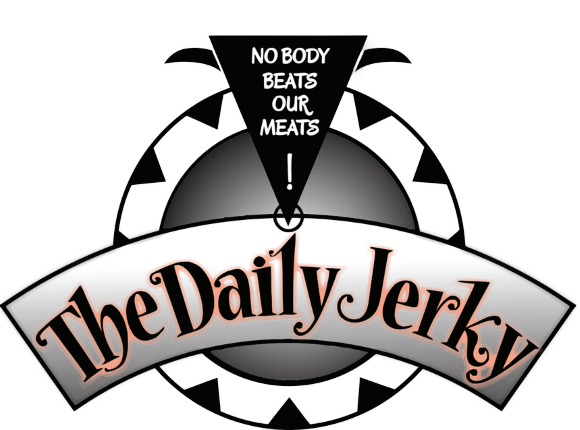Introduction:
Beef jerky has gained immense popularity as a convenient and protein-packed snack. Whether you're a fitness enthusiast or someone looking for a tasty on-the-go option, beef jerky has become a staple in many households. Behind the scenes, one crucial aspect that ensures the safety and quality of beef jerky is the Hazard Analysis and Critical Control Points (HACCP) system. In this blog post, we'll explore why HACCP is indispensable in the beef jerky-making process.
- **Safety First:**
HACCP is a systematic approach designed to identify and control potential hazards in food production. When it comes to beef jerky making, ensuring safety is paramount. Raw meat is susceptible to contamination by bacteria, parasites, and other pathogens. By implementing HACCP principles, producers can proactively identify and address potential hazards, minimizing the risk of foodborne illnesses associated with consuming contaminated beef jerky.
- **Quality Assurance:**
Beyond safety concerns, HACCP also plays a crucial role in maintaining the quality of beef jerky. Quality issues can arise from factors such as improper handling, inadequate processing, or inconsistent drying techniques. HACCP helps in establishing critical control points to monitor and control factors affecting product quality. This ensures that consumers not only enjoy a safe snack but also experience the expected texture, flavor, and overall quality of the beef jerky.
- **Compliance with Regulations:**
Food safety regulations are stringent, and compliance is mandatory for all food producers. HACCP provides a framework that aligns with regulatory requirements, making it an essential tool for beef jerky manufacturers. Adhering to HACCP principles not only helps in meeting regulatory standards but also enhances the reputation of the brand by showcasing a commitment to producing safe and high-quality products.
- **Traceability and Accountability:**
In the event of a safety or quality issue, traceability becomes crucial. HACCP emphasizes the importance of record-keeping and documentation at each stage of the production process. This ensures that if an issue arises, producers can quickly trace back the problem to its source. Having a comprehensive record of production activities also adds an extra layer of accountability, which is essential for building trust with consumers.
- **Continuous Improvement:**
HACCP is not a one-time implementation but an ongoing process of continuous improvement. By regularly reviewing and updating the HACCP plan, beef jerky producers can stay ahead of emerging risks and challenges. This commitment to continuous improvement not only enhances the safety and quality of the product but also keeps the production process efficient and up-to-date with the latest industry standards.
Conclusion:
In the world of beef jerky making, HACCP is not just a set of guidelines but a comprehensive system that ensures the safety, quality, and compliance of the final product. By implementing HACCP principles, producers can confidently deliver a snack that not only satisfies taste buds but also prioritizes the well-being of consumers. As the demand for beef jerky continues to rise, embracing HACCP becomes more critical than ever in maintaining the trust of a discerning consumer base.

